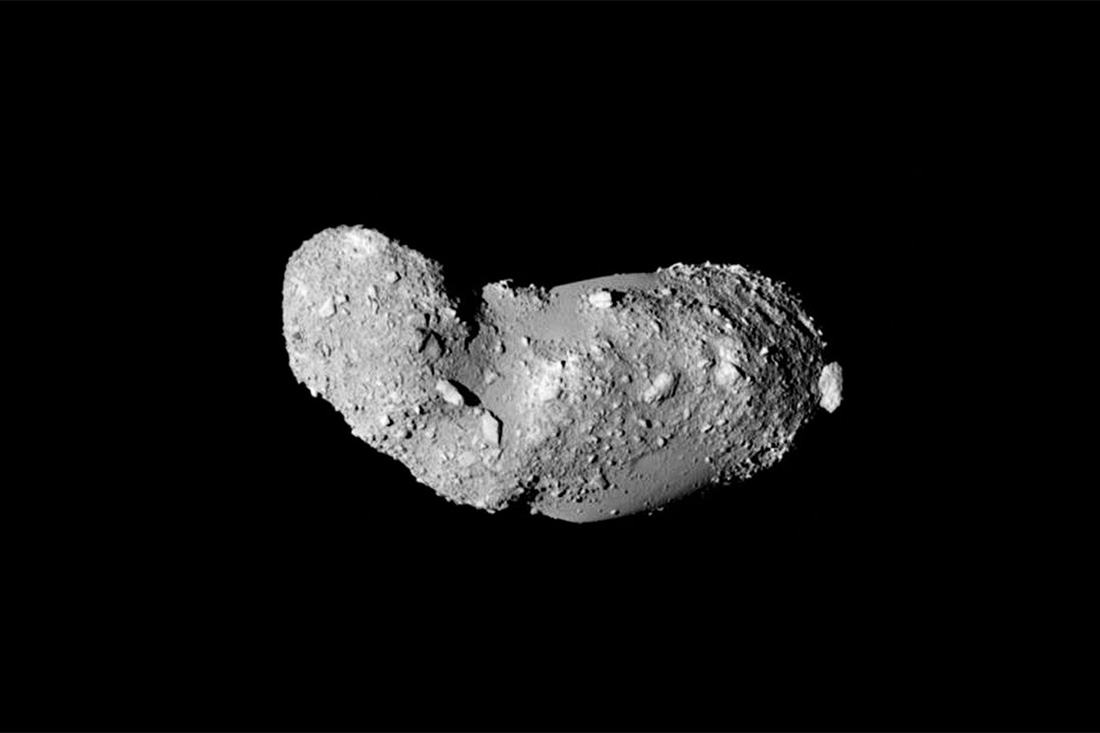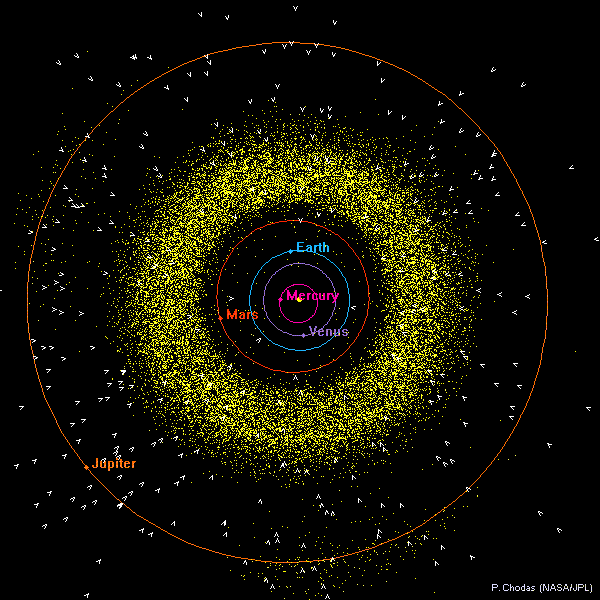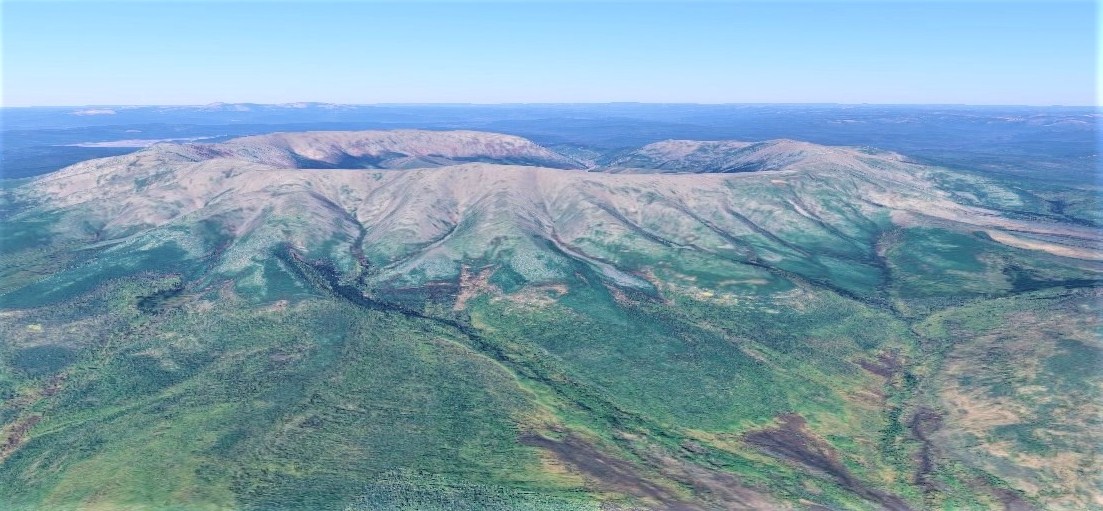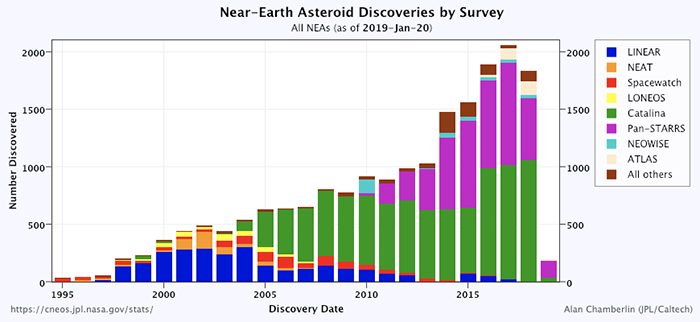Why is resource extraction on asteroids - is it difficult?

Extraction of minerals on asteroids is a fantastic, so far, kind of activity that has recently been often talked about as a near future. Only companies that raised their hands on such an activity almost went bankrupt, and never got to even one asteroid. We will understand why it is so difficult.

An asteroid is a small cosmic body of natural origin, from a few meters to hundreds of kilometers in diameter, of predominant stone or metal composition, which distinguishes it from comets, where the main material is ice. The icy bodies of the Solar System are mainly located far from the Sun — beyond Mars and beyond, so it is easier to get to asteroids from Earth. Most of the asteroids rotate in the Main Belt, between the orbits of Mars and Jupiter, but a large part has orbits close to the Earth's or even intersecting the Earth's orbit. Relatively close to the Earth or approaching asteroids are called near-Earth, and those crossing the orbit are considered potentially dangerous for us. But the achievement of such asteroids with the help of spacecraft is much easier, some asteroids can be reached by spending less fuel in flight to the moon.
')

The composition of the asteroids is also different, scientists divide them into spectral classes, defined in telescopes from Earth. There are three main types of asteroids: stone, iron-stone, metal (iron). Most rich in various metals, including rare earth and platinum - metal, which are fragments of the nuclei of the first protoplanets formed and destroyed in mutual collisions at the dawn of the solar system. In some subspecies of stone asteroids there is more carbon and volatile compounds including water, which makes them comets.
Any space prospector, going on a hunt for asteroids, must choose a target on several grounds:
- Spectral class - to know what kind of minerals are expected there (it is useless to fly to a metal asteroid with a water extraction system).
- The difference in orbital speed with the Earth is to know how much fuel you have to use for a round trip flight. The difference between the velocities of the Earth and the passing near-Earth asteroids begins at about 0.5 km / s. That is, to reach the asteroid and return to a near-earth orbit, the spacecraft will need a fuel supply that will allow it to pick up speed of 1 km / s (0.5 km / s for acceleration and 0.5 km / s for braking). For comparison, to reach and land on the moon requires a reserve of 3.5 km / s. You can save gravity maneuvers, but they will require an optimal trajectory and can significantly increase the flight time. On braking in the atmosphere can also be saved, but will need to increase the mass of the returned capsules.
- Asteroid orbit inclination - both the Earth and asteroids rotate around the Sun approximately in the same plane, but even a small difference in the orbits inclination requires significant fuel consumption. Approximately 0.5 km / s of speed increase is required to change the orbit plane of the spacecraft by 1 degree, and some asteroids rotate at an angle of up to 20 degrees to the plane of the Earth’s orbit.

As a result, only a few dozen asteroids are available for relatively simple and inexpensive achievement and return of mined material. Even in this case, each kilogram of resources will cost tens or hundreds of millions of dollars spent on the development, production and launch of a mining spacecraft.

The most offensive for "space miners" is that the asteroid material and so regularly arrives on Earth in the form of meteorites. In addition, the Earth itself contains the same composition of chemical elements as the surrounding cosmic bodies. True in metal asteroids, the concentration of heavy rare earth metals is higher than the average in the earth's crust. The Earth belongs to the bodies that have undergone differentiation, as a result of which the heavy elements descended to the core, and only light ones remained on the surface, and the metal asteroids are just fragments of ancient protoplanet nuclei. But here volcanism comes to the aid of earthly miners. The results of ancient eruptions, such as the kimberlite pipes of Yakutia, the Conder Ridge or the Putorana Plateau, contain an increased concentration of metals, which mankind can still extract for hundreds or thousands of years.

Thus, in the coming decades, the commercial prospects of mining in space can only be discussed in the context of their use in space, without being delivered to Earth.
Attempts to make money on the search for new asteroids also failed, because asteroids successfully open government research institutions, including NASA, at a budget expense.

The difficulties of achieving asteroids, and the availability of meteoritic matter on Earth, and most importantly, the lack of a real need for the Earth’s economy and cosmonautics in cosmic matter, have led to a lack of business interest in projects like Planetary Resources and Deep Space Industries. The extraction of rare-earth metals on Earth, despite all the difficulties, turns out to be orders of magnitude more efficient and easier than space prospectors could provide.
Prepared for the popular science portal Nplus1.ru , published in the author's edition.
Source: https://habr.com/ru/post/445314/
All Articles